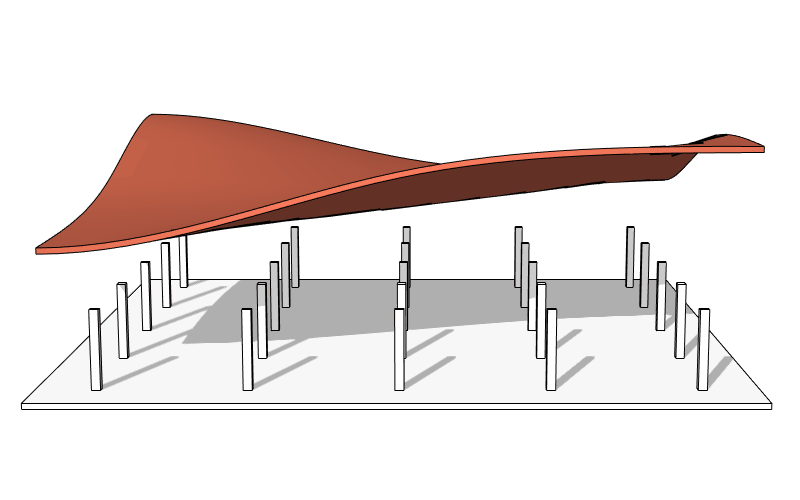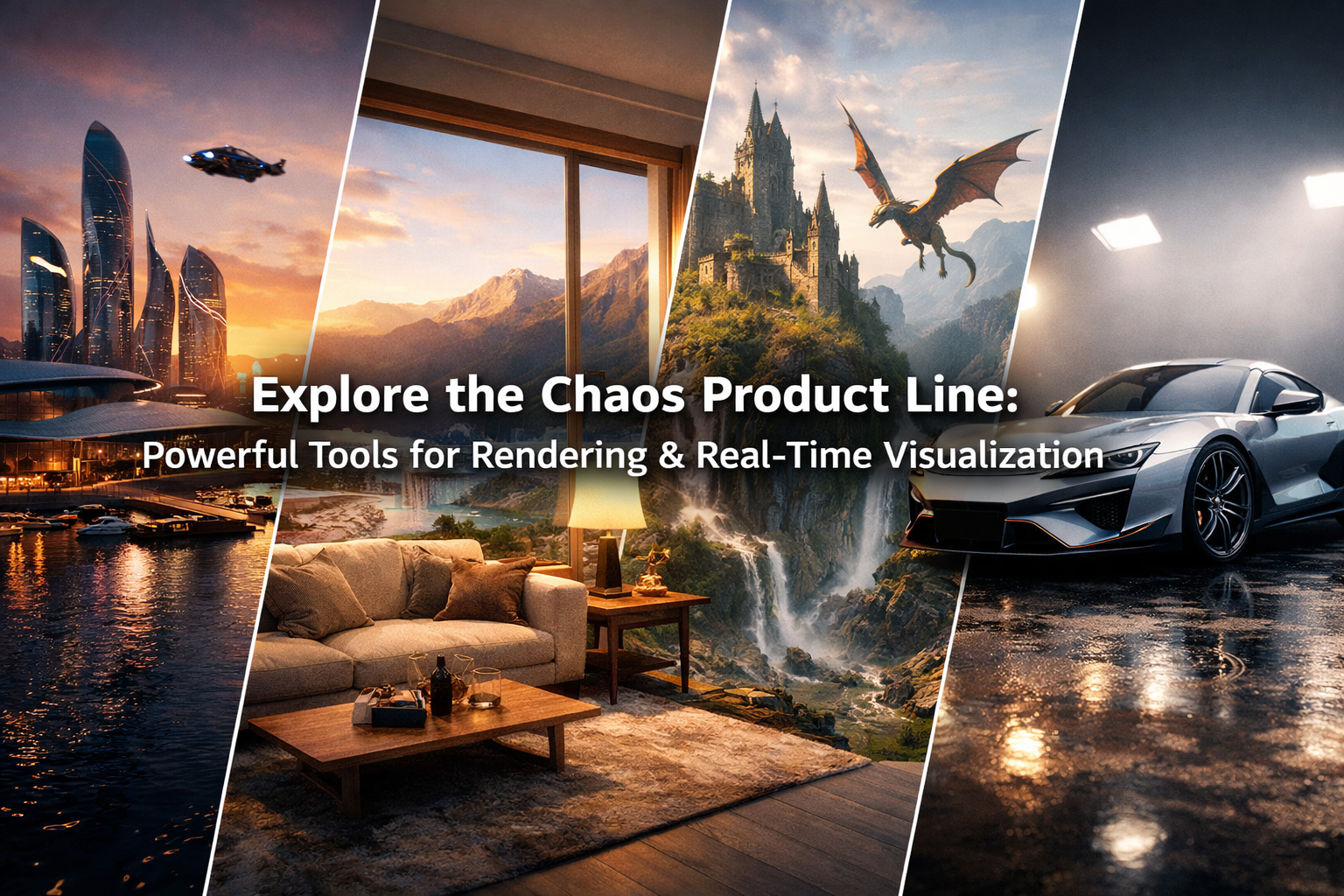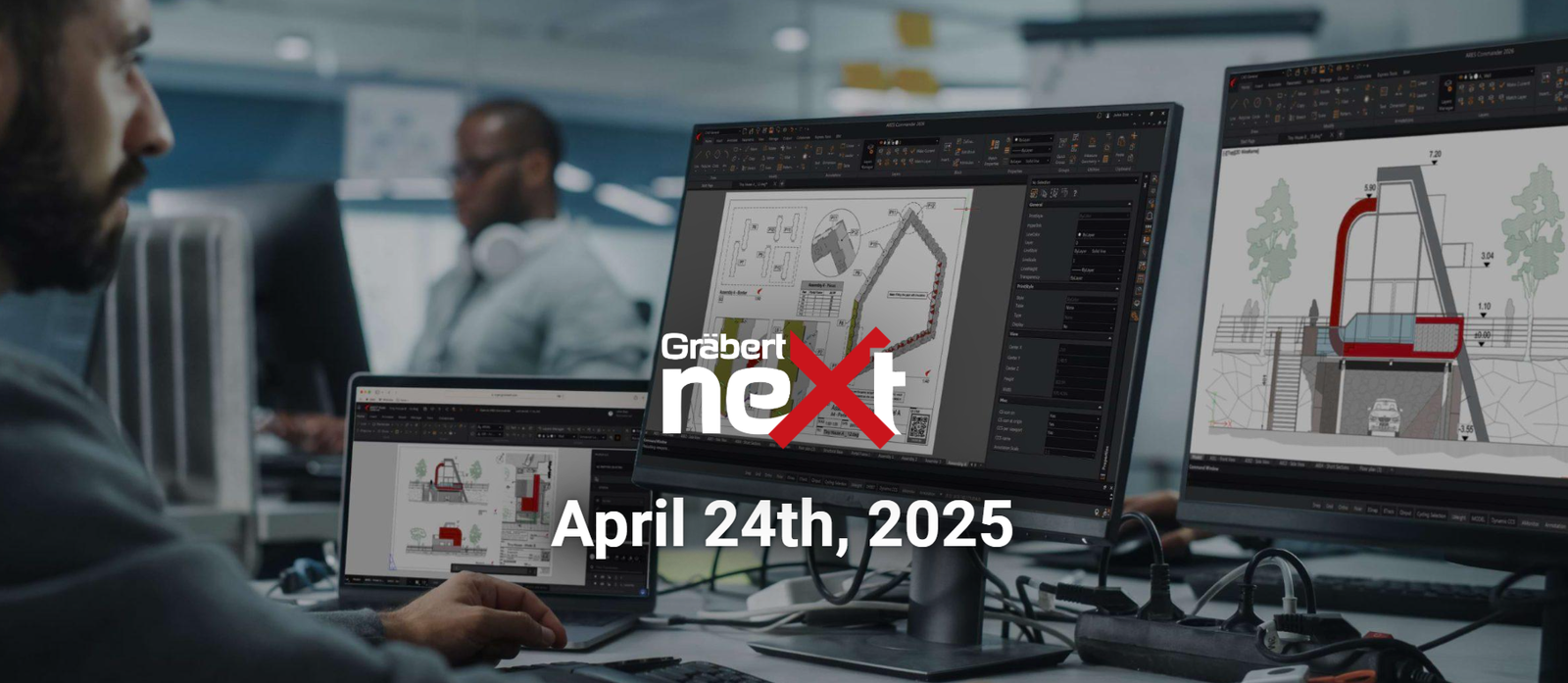Your Cart is Empty
Customer Testimonials
-
"Great customer service. The folks at Novedge were super helpful in navigating a somewhat complicated order including software upgrades and serial numbers in various stages of inactivity. They were friendly and helpful throughout the process.."
Ruben Ruckmark
"Quick & very helpful. We have been using Novedge for years and are very happy with their quick service when we need to make a purchase and excellent support resolving any issues."
Will Woodson
"Scott is the best. He reminds me about subscriptions dates, guides me in the correct direction for updates. He always responds promptly to me. He is literally the reason I continue to work with Novedge and will do so in the future."
Edward Mchugh
"Calvin Lok is “the man”. After my purchase of Sketchup 2021, he called me and provided step-by-step instructions to ease me through difficulties I was having with the setup of my new software."
Mike Borzage
An Interview with Michael Gibson, MoI CEO and Founder
July 02, 2008 8 min read

It’s part of my daily job to stay in touch with new technologies and systems by reading CAD news and playing with trial versions. Over the years I’ve become immunized to most of the CAD marketing buzz. Despite the grand announcements, the CAD world evolves at a slow pace with few real advancements each year. This is why when I looked into MoI (Moment of Inspiration) the first time, I wasn’t really expecting much. After a short while I noticed that the system created by Michael Gibson was not just another modeling system. With surprise I saw some new ideas and a strong effort to rethink the modeling problem with a fresh approach. In particular I appreciate a system that is easy to use and that manages to hide the complexity of the underlying mathematical model. I thought it would be interesting to get a first hand look into Michael’s innovative ideas and vision. Here is the interview.
Michael, can you tell us a bit about yourself and your company?
Hmmm, well I’ve had a long-time interest in computer graphics. The first 3D modeling program that I wrote was Sculptura, which was a project I started during summer vacation at college.
I created a program which I called Rhino which was a brand new CAD system
A little bit after that I started working at Robert McNeel & Associates, and there I created a program which I called Rhino which was a brand new CAD system based on the Applied Geometry kernel. I worked pretty much by myself on that for a few years while others at RMA were working on bringing the AG kernel to AutoCAD as a plug-in. Eventually my stand-alone project was looking more promising than the plug-in so the plug-in was dropped and the focus shifted to Rhino instead, and that has been a big part of RMA’s business ever since. I gained a whole lot of experience and background in CAD software design at this time.
After a while I decided to shift away from CAD for a while and went to work for Microsoft at MSN for about 5 years. I learned a lot of stuff at Microsoft, but eventually I decided that I wanted to return to CAD and try out some new ideas for my 3rd generation modeling software. So that’s how I ended up starting my own business and my new MoI project, which I’ve been working on now for the past 4 ½ years.
What makes MoI, the product, special and different from all other modeling systems?
There is actually quite a bit of unique stuff in MoI. It’s kind of a side effect of my own interest in pursuing new areas instead of just trying to clone features from existing programs.
When I started MoI I did a survey of current CAD programs, and other than SketchUp (which is great for Architecture but not so much for general Industrial Design) there just did not seem to be a whole lot of fundamental changes or new things available.
[CAD systems] tend to get more and more complex over time and harder and harder for beginning users to start with
Most of the stuff out there seemed to be the same bunch of well established programs. Those tend to get more and more complex over time and harder and harder for beginning users to start with. It really seemed to me like a beginning or casual user (by casual I mean someone who doesn’t have a lot of time to devote to the software) was just kind of “left behind” by the current CAD companies.
So I thought that would be a good area to focus on – making it quick and easy to do simple stuff. This would enable some people like artists to benefit from using CAD who would have otherwise found it out of reach either in cost or too high of a learning curve.
So just that whole intense focus on “ease of use” is one big different area.
Also to make an “artist friendly” CAD I wanted to make MoI work well with a pen drawing tablet – the standard type of CAD user interface tends to require lot of right-clicks and modifier keys, which can be awkward when using a pen tablet. A unique aspect of MoI is that it can be used without touching a keyboard – this makes it run a lot more smoothly when using a drawing tablet or Tablet PC.
Some other parts that are unique are the high quality graphical display (anti-aliased curves on low-end cards, and very fast display meshing to allow for a smoother less polygonalized display than typically used), and also a high quality polygon mesh export that supports creating n-gons with a clean wireframe instead of a whole bunch of triangles.
Who are your target customers? Who can benefit the most from the features of MoI?
Actually a lot of times I do tend not to focus so much on a single ideal target customer, and instead focus more on refining a particular task (like making it easier to sweep a shape, etc…) which may be useful to a fairly broad range of different people.
one factor in making things easy to use is streamlining operations and using fewer steps to get stuff done
But if I had to pick one I would probably say that it would be an artist who could use some basic solid modeling tools to help them do their work, but who have just not been successful doing that because everything they have tried has been too difficult to use. Someone like that would likely have the most to gain since they may not be currently using the computer to assist their work very much.
I kind of try not to pigeonhole it as _only_ for beginning users though – one factor in making things easy to use is streamlining operations and using fewer steps to get stuff done. That also brings a type of “modeling speed” increase along with it and that can be of interest to advanced users to get simple stuff done very quickly as well…
Despite the popularity of products such as Rhino, surface modeling systems are still very difficult to use, with only a few exceptions like MoI. Based on your experience, what do you think are the reasons for such a slow evolution?
It’s just a natural “path of least resistance” in software and UI development to adopt an already existing design or framework rather than build something new.
[Designing a UI] It’s really risky to build something totally brand new
It’s really risky to build something totally brand new. UI design is just not quite like a precise science – in many cases you can’t just follow a few specific steps or check stuff off of a list to then get “easy to use” automatically.
So rather than risk a big UI disaster, it is more normal for developers to say “just make it work like X” (MS Office, AutoCAD, etc…) and then we don’t have to worry about it.
That actually also saves a huge amount of development time as well. But at the same time it tends to make for very slow and more incremental progress instead of major improvements.
For a frame of reference, it took me about 1 entire year’s worth of work just purely on UI development for MoI. For me it was more interesting and fun to take the risks involved and I also had a catalyst of trying to get a tablet-friendly UI as well which helped to force me out of the more common path.
What are the reasons and implications of not having a proprietary file format?
It’s actually a strategic thing for me to be able to share data easily with other programs, because there are a lot of things that MoI does not currently do on its own like for example rendering.
using a proprietary format is just an extra piece of work that is nice to eliminate if possible
Instead of trying to build in a renderer to MoI right in the first version, it is just more practical for me to focus on doing a good job of data transfer to other programs that already do rendering. That lets the user accomplish what they need to do without me having to have the entire feature set for every possible thing all built into MoI at once, which is simply not feasible for me to do especially in a first release.
Once you have a focus on data transfer as a very important function, using a proprietary format is just an extra piece of work that is nice to eliminate if possible.
Steve Jobs as well as Henry Ford believe that to develop a product you have to listen to the users, but not do what they ask for. What is your experience on that?
I believe the concept there is that users will tend to ask for things that are within the framework of what they currently have. If you don’t dig in to understand more of the problem underlying what they are asking about, you may be missing a chance to make a much larger fundamental step forward rather than just an incremental step.
user feedback is a huge raw resource that is extremely valuable to tap into
But the whole area of incorporating user feedback is a rather complex and subtle thing.
It’s actually literally impossible to just do exactly what all users ask because different users can (and will) ask for mutually exclusive things.
But at the same time user feedback is a huge raw resource that is extremely valuable to tap into, it sort of builds a much larger pool of ideas to draw from than what I would have all on my own. That’s why I spend so much time interacting with my users.
Can you share with us some of you plans for the future of MoI?
At the moment I’m almost ready to release the first beta for MoI version 2.0. The first batch of new features are for pretty basic editing and drawing type tasks. There is a new edit frame that appears around selected objects so that you can quickly rotate or scale them, similar to how a 2D illustration program works, and also some new abilities to easily draw directly on surfaces.
I think it is really important to continue to refine the pretty basic “bread & butter” type functions.
Pretty soon I’ll be adding some additional file format support for SAT and STEP.
Another big focus for v2 will be some object organization tools, similar to layers and grouping type mechanisms, to make it easier to work with more complex models.
I have some interesting ideas to improve the history-editing type functionality.
Further out I do also want to add what I call “communication” oriented type features (because they will be for helping others understand your design), which will include some basic rendering and dimensioning.
I would like to thank Michael Gibson for taking the time to answer all my questions. If you have any questions for Michael or for Novedge, please leave a comment below and we will be glad to answer. Moment of Inspiration is available on the Novedge website along with a trial version.
Franco Folini
Also in NOVEDGE Blog

Enhance Your Designs with VisualARQ 3: Effortless Geometry Extensions for Walls and Columns
April 30, 2025 8 min read
Read MoreSubscribe
Sign up to get the latest on sales, new releases and more …




